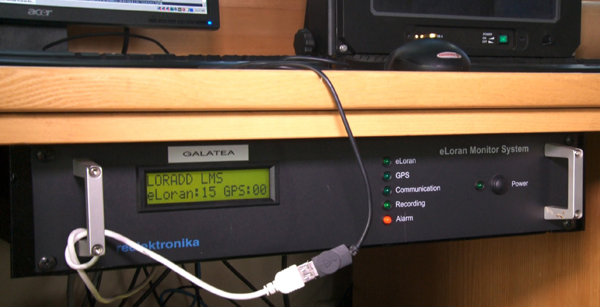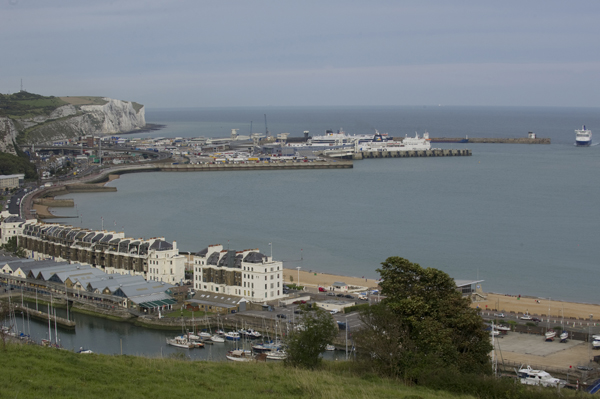The General Lighthouse Authorities (GLAs) of the UK and Ireland are holding an event to consider the potential and practicality of candidate technologies to complement Global Navigation Satellite Systems (GNSS), and counter threats to maritime safety.
The event at Trinity House, London, on 2 March 2016, will explore the mix of technologies for future maritime navigation in 2030 and beyond, and identify potential complements to GNSS.
Held jointly with the Knowledge Transfer Network and the Royal Institute of Navigation, the event will present ways to maintain safety of navigation in increasingly confined and congested shipping areas, supporting economic growth and protection of the marine environment.
It will explore technologies that could complement GNSS for robust cost-effective navigation of ships in the future.
While GNSS is likely to remain the most accessible and accurate primary source of navigation data, it is not infallible and can be prone to interference. Navigable sea space is set to shrink, with more traffic and growing obstacles like wind farms and marine conservation areas.
Combined with a rise in GNSS jamming incidents, it is clear that the need for complementary technologies to provide robust and reliable navigation data is higher than ever.
The Innovation in Maritime Navigation event will consider the potential and practicality of candidate technologies to complement GNSS, and counter threats to maritime safety, including:
- Beacon R-Mode: incorporating a ranging capability on existing DGPS beacon (or AIS) transmissions
- Quantum navigation: using next-generation quantum sensors to drastically improve inertial navigation, when GNSS signals are unavailable
- Signals of opportunity: using existing signals such as mobile, Wi-Fi, TV, and radio signals, to work out the user’s location
- Integrated Navigation Systems supporting ECDIS: multi-system receivers and sensor integration, possibly with innovative water reference systems, to provide position
The event, which will run from 10am to 5pm on Wednesday 2 March, will look at how these technologies, and others, may contribute to a future ship/shore resilient Position, Navigation and Timing (PNT) solution.
It will also cover the perspectives of user requirements, research, technology readiness level, commercial exploitation, ship equipage, shore based infrastructure, regulatory action; factors that are important in assessing the future direction of maritime solutions.
Presenters include mariners, ship operators, navigation specialists and technology providers and delegates will have the opportunity to network and participate in a Q&A and panel discussion chaired by Rear Admiral Nick Lambert, former UK National Hydrographer; the keynote speaker will be Captain Robert McCabe FNI, President of the Nautical Institute.
The event is free to attend but delegates must register in advance – click here to do so.
Nav in a nutshell: Electronic charts
Dick Everitt assesses the differences between raster and vector charts when deciding on which chart plotter to buy
Space Weather Forecasting Centre officially opened
Severe space weather events pose a threat of disruption to GNSS/GPS systems, among other risks
UK will rollout eLoran stations to backup GPS
Department for Transport approves implementation of seven differential eLoran stations along the UK coastline
UK switches on GPS backup in the English Channel
World's busiest shipping route is first to deploy new technology to counter jammers and space weather
EGNOS launched to improve EU GPS accuracy
The much-anticipated EGNOS system is now live
Nav in a nutshell: Navigate with radar
Dick Everitt gives us a clear picture of the advantages to be gained from using radar to check our navigation










